Nature in Spain
Nature here in the Almanzora Valley, Spain.
POISONOUS FROGS/TOADS
I was shocked to find out that there are SEVEN species of poisonous toads here in Andulucia Spain. Some of them can grow to 8 inches long, yes, you read that right! They are a real hazzard that us pet parents need to be aware of, just like the dreaded Processionary Caterpillas. If you notice convulsions or foaming from the mouth get your beloved pet to the vet immediately. They don't just have had to lick or eat them, just sharing water that the toad has been in will cause harm. I keep my dogs water on a bench anyway, but I will continue to do so to help lessen the risk of this happening.
PROCESSIONARY CATERPILLARS
I bloody hate these things. And there's lots on the way to the village during certain times of the year. Processionary caterpillars can cause serious health problems for animals and us humans They grow by feeding on conifer needles (i.e. pine, cedar) In spring they come down from the trees to burrow underground and thus complete its transformation. That's when they are even more dangerous as our pets can come into contact with them. I hate hate hate hate these!!!
EGYPTIAN LOCUST / EGYPTIAN GRASSHOPPER
The female has 10 to 20 days to lay the eggs.... she bloody better not lay them in MY garden!
RATAS
I hate these things with a passion. Rats, mice, ratas, tree rats. There are small ones and there are HUGE ones here surrounding our home, as we are surrounded in Campos and orchards. They eat anything I try to grow, they watch me from the trees and the worst thing is that they hide in the outside boiler and use it to store pine nuts. This is irritating because it stops the boiler working, which is usually when you are in a rush to go out LOL.
PRAYING MANTIS
Such a graceful and beautiful bug. I love their stunning prominent front legs which bend at an angle like they are praying. Did you know that they can turn their heads 180 degrees and with their large eyes look for their next meal, like moths, grasshoppers, flies and other insects. They can eat as much of those as they want!
BEES
LIZARDS AND GECKO
WILD BOAR
In May 2020 My day started with 5 large boars and 10-15 babies dashing out of an orchard and running across the path in front of me and Hector. It was an awesome sight. The sound from them was magnificent!BUTTERFLIES AND MOTHS
Since planting flowering plants, herbs and vegetables in my Spanish garden, I am attracting more butterflies and moths. I have been lucky to capture a couple of images which you can find on this page.WALL BROWN I have captured images of this coming to feast on my Lavender. They are commonly found in forest edges, shrub areas, river valleys and mountains. So it's no wonder why we get so many here where we live. We have all of that! They fly from April to October.
SPANISH SWALLOWTAIL BUTTERFLY I was astonished at the beauty of this butterfly.These Swallowtail are large, with very colourful markings, distinctive shape of the wing, the eye on the tail, and the long tail making it easy to identify. These can be seen for most of the year from February.
WILD DEER
I heard noises and thought it was farmers collecting fruit from the orchard (It's that time of year), so I didn't think much about it. Then I saw it, the biggest deer on his hind legs eating from the tree!!!
I counted about 12 of them. A couple of big ones. A few "teenagers" and some babies.
- Red Deer
- Fallow Deer
- Roe Deer
TORTOISE
THE RAIN IN SPAIN
In September 2019 we experienced rainfall of 110 litres / m2 of water in just two hours during the worst storm in 140 years. The rushing water from the Rambla caused damage to local roads and bridges with it reportedly exceeding 4 meters high and climbed above 2 meters on the road… despite this, we were lucky, a mere inconvenience to most of us, and afterward have managed to get on with our lives as normal. Others have not been so lucky.
The storm continued to impact communities who suffered for months as a result of the terrible flooding. Thousands had to be rescued, 7 deaths and 2 reported missing. Thousands more evacuated from their family homes. Some families were not able to leave their homes for days. Airports that we ourselves have used had to be closed. Businesses and farmland destroyed.
However. What comes from times like these are the stories of those who go above and beyond to help those in need. The way everyone comes together to help. How the emergency services put their own lives on the line to help those suffering. I am in awe of all of these people. They make this world a better place.

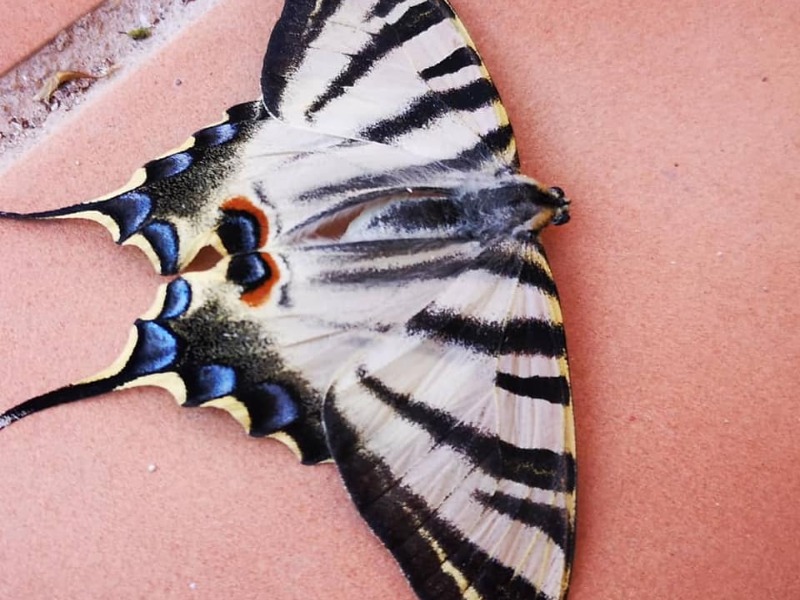
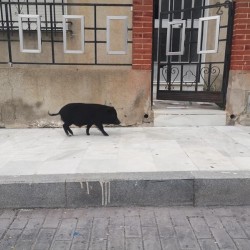
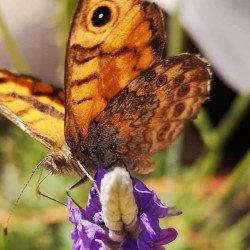
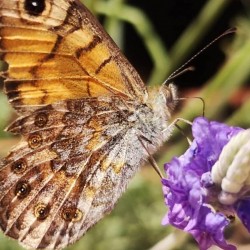
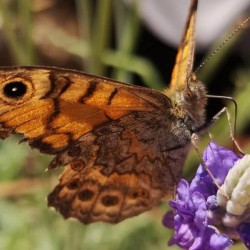
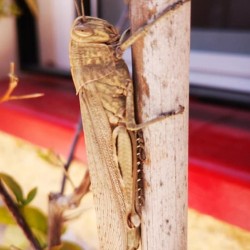
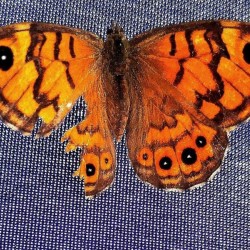
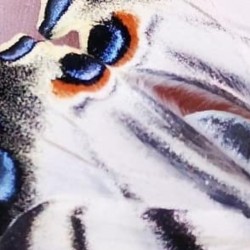

.jpg)
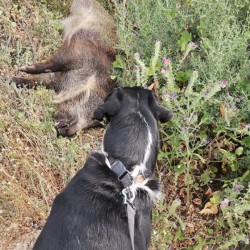
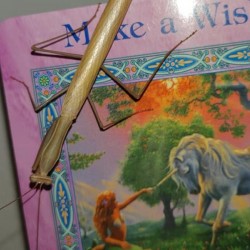

.jpg)

Leave a comment about this article.